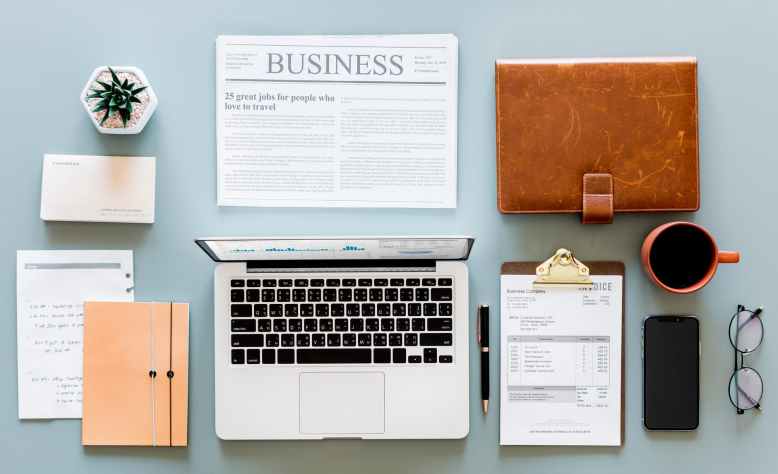Article originally written for Wekudo and can be found here.

Tis the season to hit the gym, eat healthier, and be a better version of yourself–at least for the next couple of weeks. Most of us begin the new year with great intentions to lose weight, be healthier, and get organized. But after a couple strong weeks of conquering our goals, most of us find it impossible to keep up.
Fortunately, there are some little things we can all do to tackle some of the most common New Year’s Resolutions all year long.
Cultivate a healthier lifestyle. We all know that being healthy requires making smart choices about our diet and exercise. When life gets busy, it can seem impossible to find time to hit the treadmill or plan and prep healthy, nutritious meals. Remember, it doesn’t have to be complicated.
On days when you can’t make it to the gym, fit micro-exercises into your daily routine. Take the stairs, walk on your lunch break, or do calf raises while you stand at the copy machine. It may not seem like much, but even a little exercise can do a lot of good.
A few simple dietary changes can go a long way. You’re more likely to make better choices if you make it easy for yourself to do so. Pack healthy breakfasts and lunches for work, and don’t forget to bring easy snacks like mixed nuts and whole fruit. If you’ve got tasty (and healthy) options sitting at your desk, you’ll be less tempted to hit the vending machine.
Get more organized. As much as we often like to convince ourselves that a messy desk is a sign of genius, a disorganized work space can be mentally overwhelming and stressful. Plus, it’s just plain ugly to look at. It can be hard to stay organized when to-dos are constantly flying into your inbox, and paperwork piles up on your desk faster than you can address it. Trust me–I can relate. In a world where many workers waste valuable time each day just searching for lost items, a simple tidy-up can be the obvious solution.
This year, make a plan to tackle the clutter–both physical and digital–methodically. Identify your major problem areas and address them in order of importance. Do you find that critical documents often get buried on your desk? Are you constantly digging through your inbox to find a helpful response?
Make a commitment to spend a few minutes at the end of each day tidying up your work space. Review your daily emails and delete anything you know you don’t need. As for your physical desk, put away anything that isn’t in its proper place. Taking just a few minutes a day to tidy up is a simple and sustainable way to declutter throughout the year.
Make time for loved ones. This is arguably the most important resolution, but can often be the most difficult to achieve. How do we make more time for loved ones when we can barely find the time to take a lunch break or schedule regular doctor’s appointments? We all block off time to attend meetings with our coworkers, so why not apply this same strategy to spending time with those we care about most?
If you often find it difficult to leave the office at a reasonable hour, then consider making specific plans for date night or family night. Hit happy hour with some of your old friends, or meet up for a movie on a weekday evening. The more specific the plans are, the better.
Even if you’re not able to meet up in person, use your lunch break to make some calls to family or friends. I began doing this a few months ago, and found it to be incredibly fulfilling to spend 15-20 minutes on the phone catching up with my grandma during my break.
Finally, take a few well-planned vacation days to simply spend time with loved ones. Taking off a Friday to go shopping with your mom, spend the day at the zoo with your uncle, or try a new restaurant with friends will be time well spent for everyone.
Major lifestyle changes can often feel impossible to uphold. You’re more likely to keep up with your resolutions by making small, manageable changes to your daily life. With persistence and dedication, these little acts can make a big difference.



 I’ve been practicing yoga at home on an almost-daily basis for 10 months now. In the past, I’ve taken a number of studio classes with various instructors, and each experience–for better or worse–has been unique. Although I love the ease and flexibility (and the price–free!) of doing yoga at home, I’m ready to begin supplementing my practice with some public classes again–but there’s no way I’m willing (or able, frankly) to shell out $100+ a month on a studio membership.
I’ve been practicing yoga at home on an almost-daily basis for 10 months now. In the past, I’ve taken a number of studio classes with various instructors, and each experience–for better or worse–has been unique. Although I love the ease and flexibility (and the price–free!) of doing yoga at home, I’m ready to begin supplementing my practice with some public classes again–but there’s no way I’m willing (or able, frankly) to shell out $100+ a month on a studio membership.